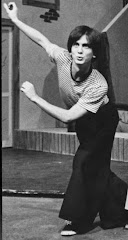 |
| Running across one of these was always a treat. It meant you could get a DP in a cold bottle. You put your money in, then opened the glass door and yanked out your choice. |
I have to confess I don't drink this stuff anymore, mainly because it has become too sweet for my taste buds. But for many years as a kid and younger adult, Dr Pepper was my Go-To soft drink. Or, as Southerners would say, my favorite coke is Dr Pepper. (Because Coca Cola is based in Atlanta, and is such a giant of the industry, Southerners use the brand name instead of the generic word "soda." Nobody I grew up with ever wanted a "soda," or God forbid, "pop." They wanted a coke. Though sometimes it was a Pepsi. But we always went out for "a coke," not a "soda." Got it?)
 |
| Dr Pepper and its most famous spokesman. |
 |
| A more recent shot of our hero and the actor he made famous, for a time. |
Actually, we always went to Robert's house, never to mine. While watching, Robert and I would enjoy a Dr Pepper. This was dangerous behavior on my part for two reasons. I have always had trouble sleeping, and during this period, my parents were convinced my chronic problems at night were caused by this silly soap opera. So, being good parents, they forbade me to watch the program. And being the sneaky kid I was, I simply went to Robert's house every day to catch the antics of Barnabas Collins and Joan Bennett. (I wrote about this seminal series when actor Jonathan Frid died, go here for that report.)
While watching this forbidden show, I was also drinking forbidden contraband. My parents always felt that soft drinks (or "cokes" of all types) were bad for kids, so for many, many years, I was allowed only one soft drink per week. Can you imagine such a thing today, when sodas are sold in vending machines in high schools? But back then, even though I doubt there was actual evidence to support my parents' beliefs (as there is now: the stuff is poison), they did not believe their kids should drink cokes. (They gave us Kool Aid instead...I wonder how healthy THAT turned out to be...).
 |
| OK, I had no idea THIS existed: DP bubble gum. yuck. |
Dear Ol' Dad compromised and allowed me TWO cokes per week. That second event became known as my Middle of the Week Drink, though as I recall, I usually saved it for Friday nights while watching High Chaparral, The Name of the Game, and Bracken's World. (This drink was not usually a Dr Pepper, as it had caffeine, and I was still suffering sleep issues, so I was granted a Fresca instead.)
Anyway, my buddy Robert's parents did not ration soft drinks, so I had an illegal Dr Pepper almost every week day while watching the adventures of Barnabas Collins. Sorry, Mom...
I have surely wandered off into Me-Land here...
This week's Dance Party comes from the most memorable (at least to my generation) ad campaign Dr Pepper ever presented. And this is saying something, since my research has unearthed the fact that Diet Dr Pepper is even now in the midst of a hilarious ad campaign starring American Idol loser Justin Guarini.
 |
| Justin Guarini, then and now. |
Playing an elfin cross between Little Richard and Michael Jackson, "Lil Sweet" pops up various places to convince people (usually men) that they deserve the "sweet, sweet" taste of Diet Dr Pepper. Take a look:
This campaign, though enjoyable, will never top the most famous Dr Pepper ad campaign ever.
 |
| This old gal is 104. Somebody asked her this week to explain the secret of her longevity. She answered that she drinks 3 Dr Peppers every day. |
 |
| David had good looks and a non- threatening sexuality which appealed to everybody. |
 |
| These days you can buy a Coke with your name on it, or a Dr Pepper with an Avenger. Give me back the bottle. |
 |
| I remember this disco hit but never made the connection that it was the DP dude who was singing it. |
David Naughton's career was on the rise. In addition to starring in a string of snappy Dr Pepper commercials, he snagged the leading role in a motion picture. He will be remembered fondly for this film, which was an unexpected smash but which caused his career to stumble.
The fact that their spokesman was now a movie star should have been good news for the Dr Pepper folks. But it wasn't, because of this:
 |
| An American Werewolf in London actually won an Oscar: the first ever award given for make-up and hairstyling. |
Time to take a quick look at one of these commercial spots. Forgive the grainy quality and enjoy instead the wholesome, fun energy which Naughton projects. And be thankful, as I am, that the rumors are false: Dr Pepper is here to stay.
































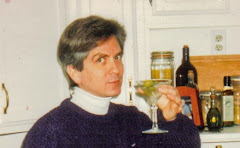
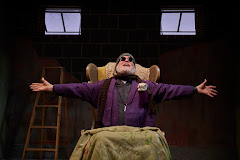



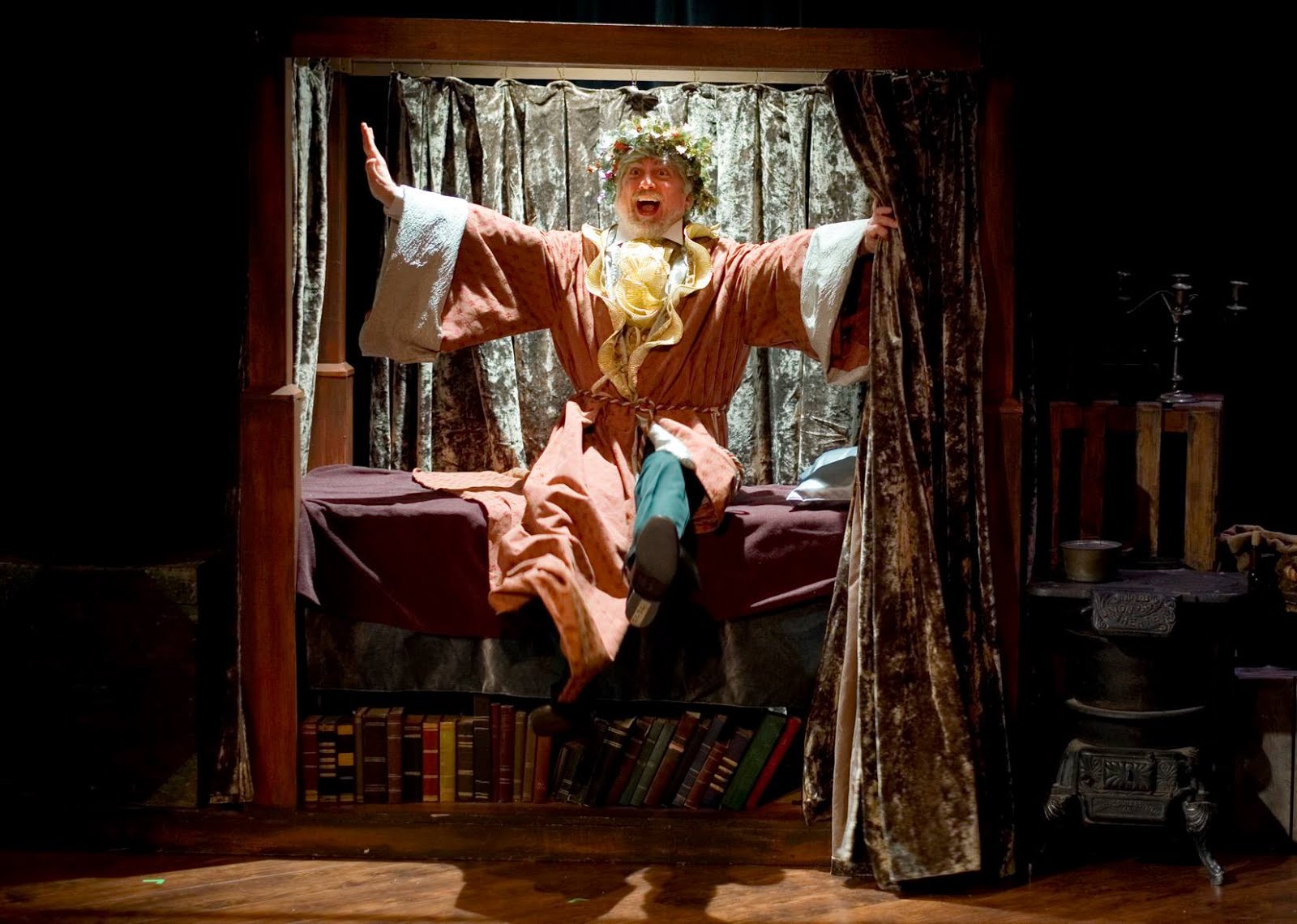
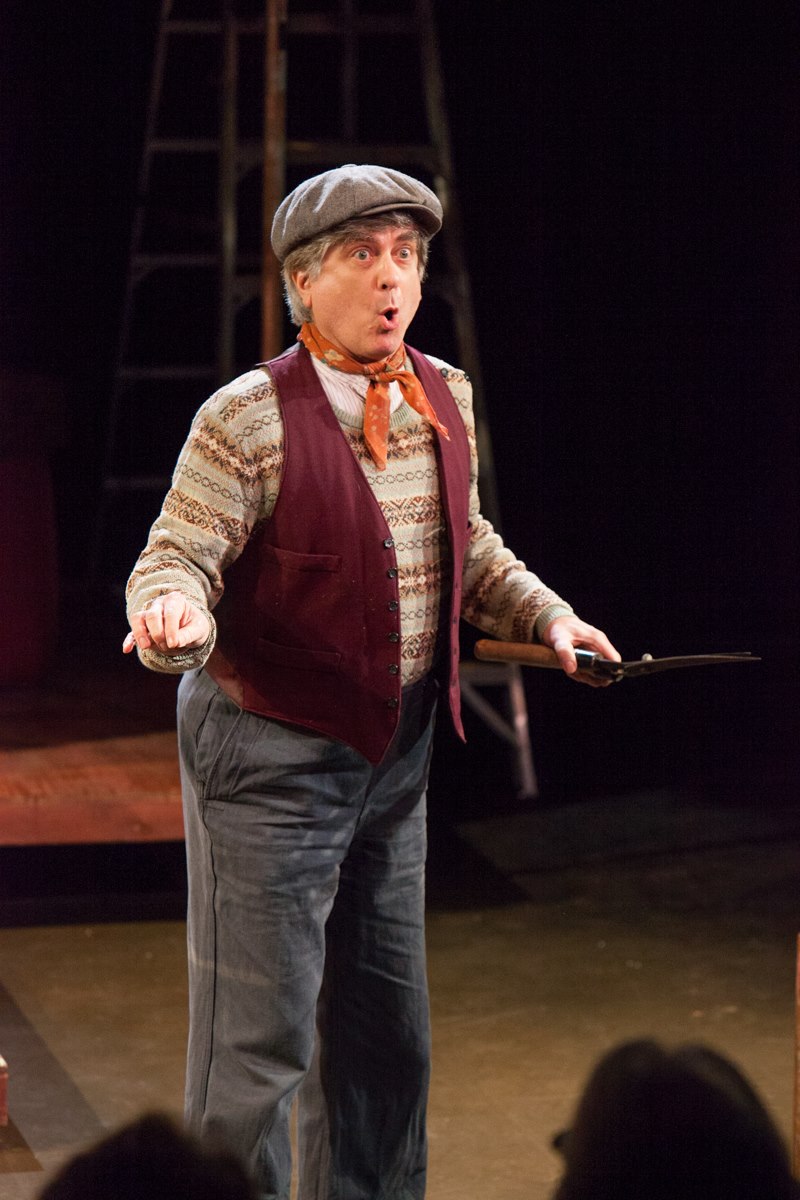
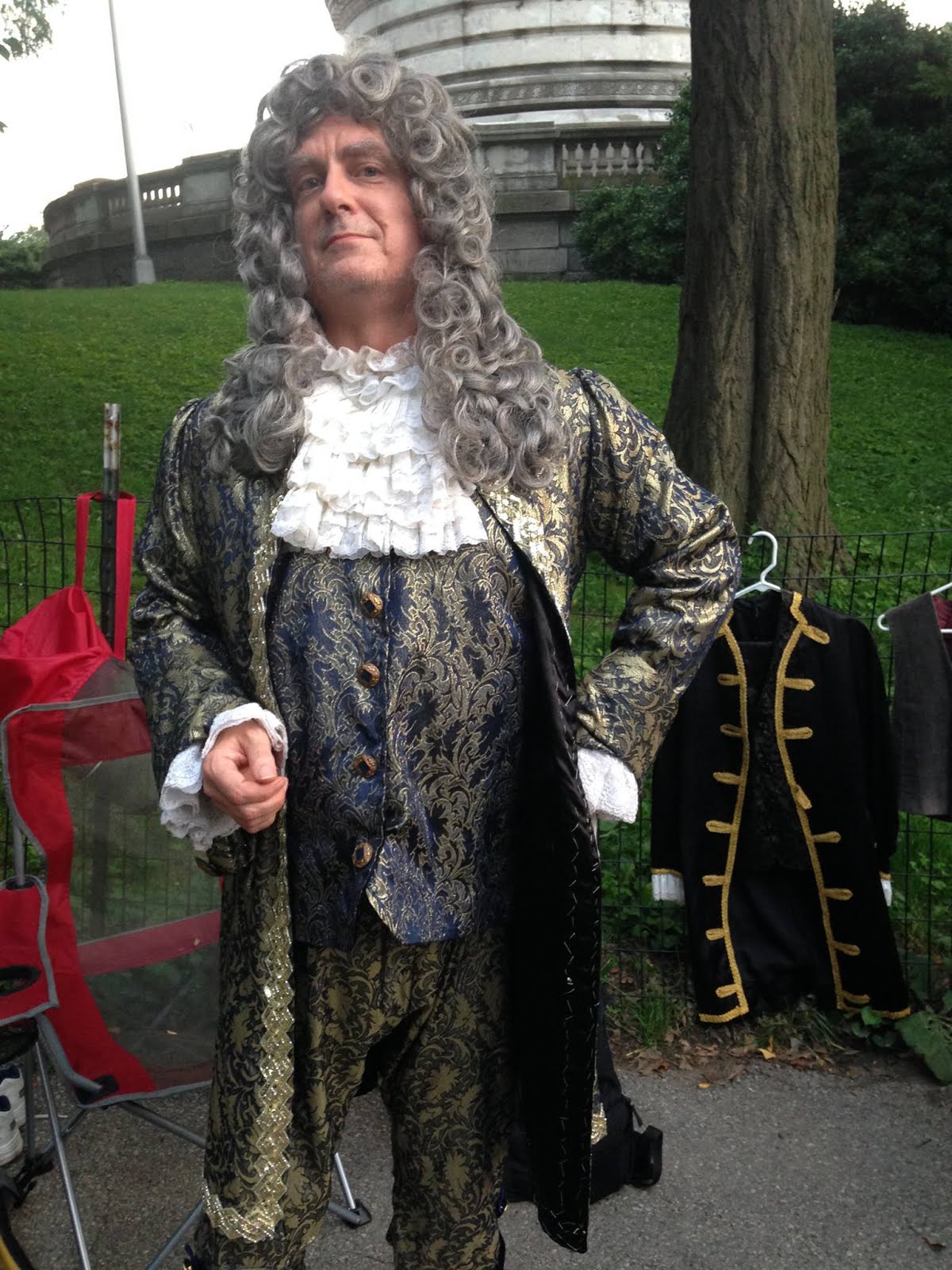


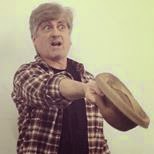













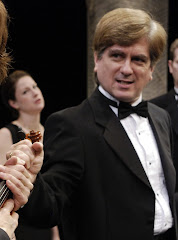
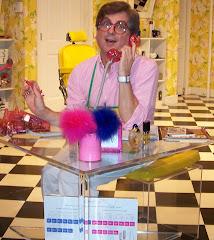

,+Olney+Theatre+Center,+2004.jpg)



,+Shakespeare+Theatre+Company,.jpg)
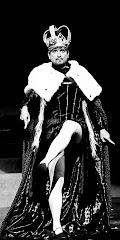

,+Warehouse+Theatre,+1999.jpg)
,+Are.jpg)
,+Everyman+Theatre,2002.jpg)
,+First+Nationa.jpg)
,+Shakespeare+Theatre+Company,.jpg)
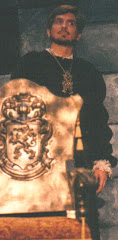


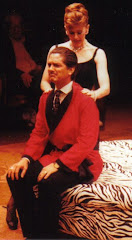

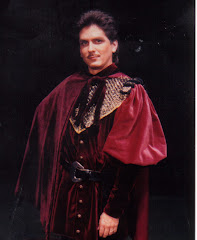
,+Granada+Th.jpg)
,+Globe+Playhouse,.jpg)
,+CSUN,+1976.jpg)
